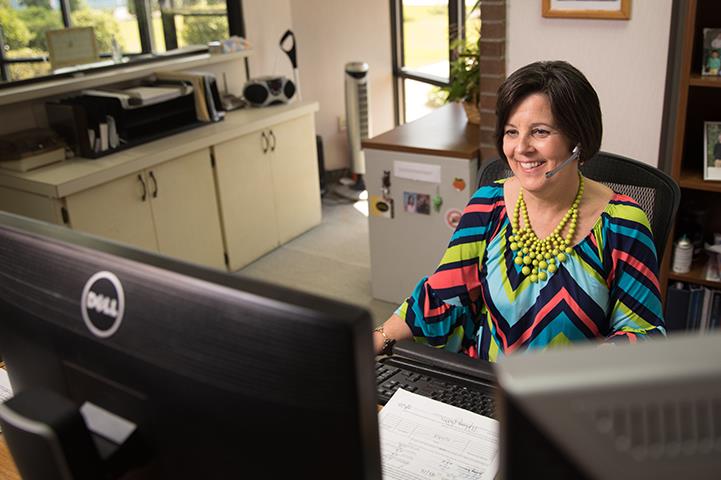Understand New Refrigerant Regulations and Plan for Long-Term Solution
Navigating a changing regulatory landscape isn’t easy. As new regulations and initiatives emerge both globally and locally, significant focus is being placed on phasing out less sustainable refrigerants, like those with high ozone depletion potential (ODP) or global warming potential (GWP). These regulations can make it difficult to choose which solution is right for your facility—balancing cost, performance, safety, and sustainability while complying with regulations. But the more you know, the better choice you will make.
Refrigerants based on hydrofluoroolefin (HFO) chemistry have zero ODP and low GWP, placing them among the most environmentally sustainable refrigerants on the market. While most HFOs can easily be converted into existing systems with minimal downtime—thereby avoiding the cost of a new system—it's important to understand the landscape, the refrigerant options, and what conversion or retrofit entails. It's not always easy to see the smartest path forward; in some cases, retrofitting an existing system is the right path forward, but other cases may require the replacement of old equipment. In order to understand the right choice, it's essential to have all the facts.

This white paper explores the evolving regulatory landscape and what it means for refrigerant selection. Learn about the environmental sustainability of HFO refrigerants and how to choose the best option for the equipment, the application, and the needs of your unique situation.
Download the white paper to understand hydrocarbons, regulatory programs like SNAP, how and when to upgrade your system, and more.


